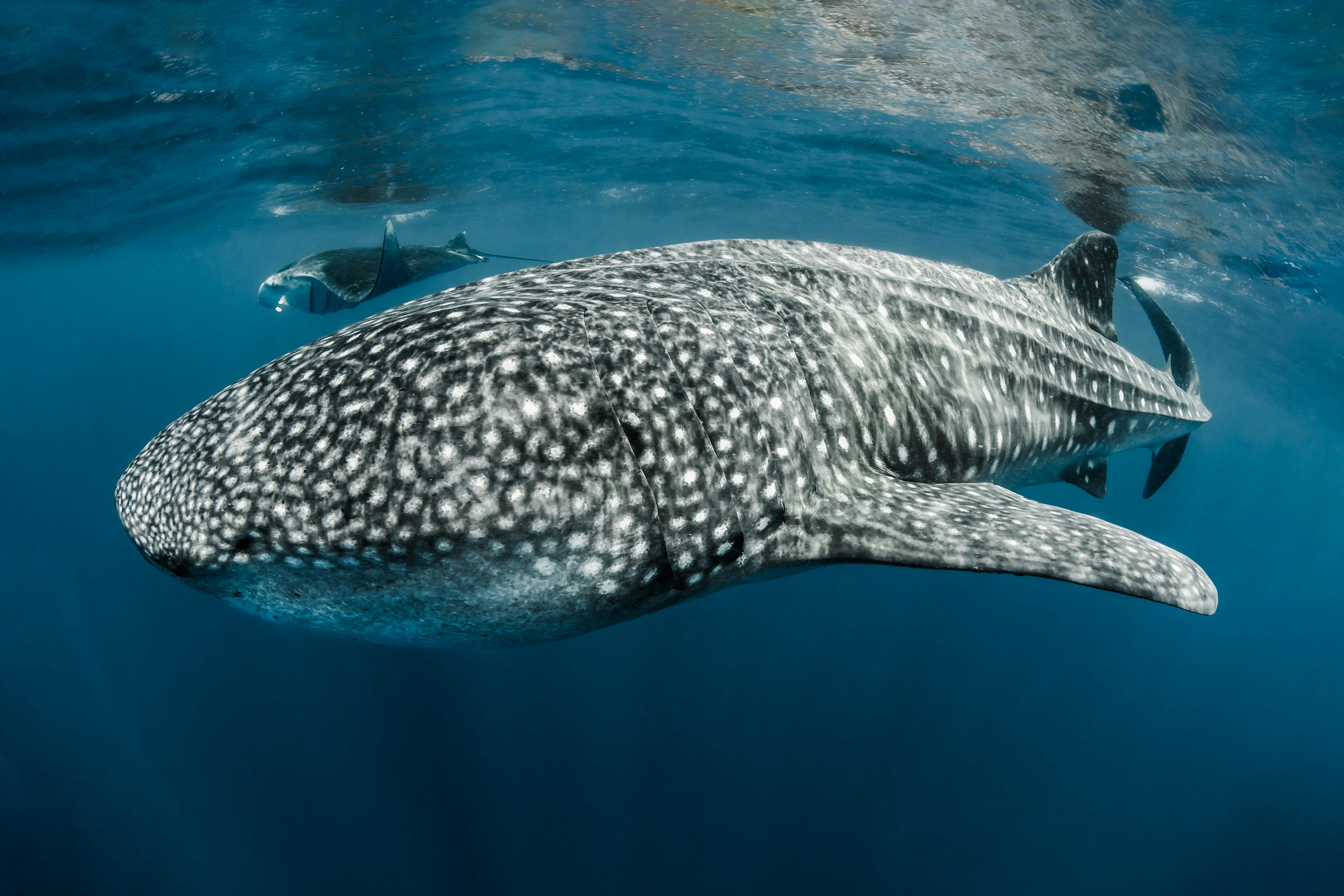Late last night, after two weeks of intense negotiations, delegates meeting at the United Nations finally agreed to language for a High Seas Treaty. This is a major milestone in a nearly two-decade effort to secure a treaty to govern and protect the High Seas, which make up 70% of the ocean and cover nearly half the planet. More than 160,000 supporters spoke up and urged leaders to act. This public support, along with the great work of partners like RISE UP, the High Seas Alliance, Greenpeace, and more, helped show decision-makers that people all over the world were watching and wanted action — and they delivered. There is still more work to do, as nations will now need to formally adopt the language and ratify the treaty at the country level. We will continue to keep you updated on campaign developments and the critical moments where we need your support.
This November, world leaders will decide whether to give these iconic species the highest level of protection under CITES — and we need your voice to make it happen.
Whale sharks, oceanic whitetip sharks, and manta and devil rays — some of our planet’s most iconic species and pillars of conservation — are vanishing. Over the past few decades alone, shark and ray populations have declined at an alarming rate. Whale shark numbers have dropped by more than 50%. Oceanic whitetip sharks have declined by 80–90% and are now critically endangered, while manta and devil ray populations have plummeted by as much as 99% in some regions.
The biggest culprit for their decline is the unsustainable international trade of their fins and gill plates, exacerbated by climate change–fueled habitat loss and ecosystem destruction.





















